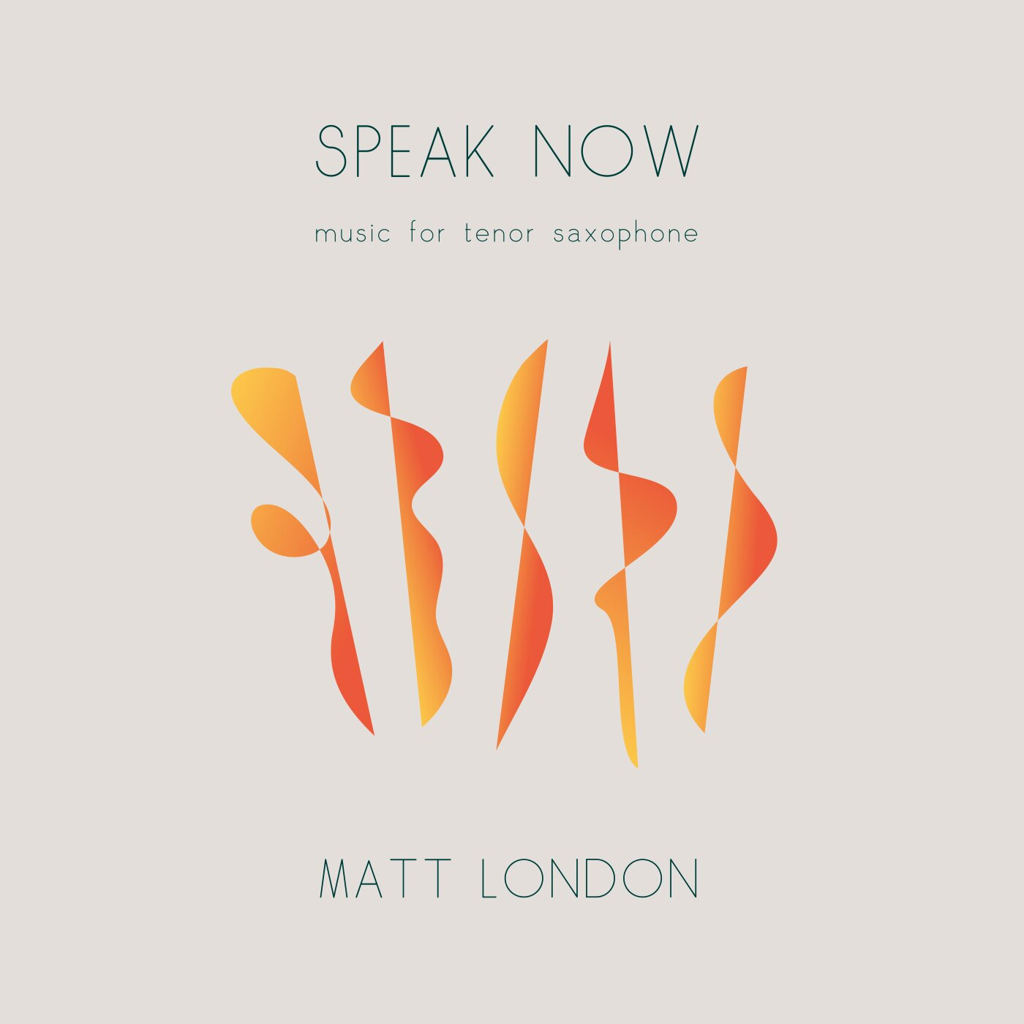For Alto Saxophone, Tenor Saxophone and Piano
Louder than Words, composed in the fall of 2001, was commissioned by saxophone virtuoso Joseph Lulloff. It continues the composer’s longtime sound identification with the instrumental personality of the saxophone, which began with Killing Time, an ultra-violent 1980 composition for amplified alto saxophone, amplified piano, and an electronic tape with a definite attitude. That was followed by EDGE, a saxophone quartet which takes polystylistic juxtapositioning and superimpositioning to an existential extreme. EDGE was followed by a series of works combining alto saxophone with Casio synthesizer and a variety of other instruments (though mostly horn and violin) and dance or other visual images. All of these works were inspired by the playing of Memphis saxophonist Allen Rippe. In 1997, Freund composed Sky Scrapings for the legendary Eugene Rousseau, reverting to the classical instrumentation of alto saxophone and piano but still electrified by jazz-rock influences and its “subversive serenade” form.
Louder than Words, a trio for alto saxophone, tenor saxophone and piano (it also exists in a version for alto saxophone, bassoon and piano), addresses the joys and conflicts of the emerging 21st century in a “stream-of-consciousness” form. There is really one accumulating flow of time, divided into 2 “parts” for manageability.
Part One begins with a driving ritornello, followed by a section marked “restless” built around a surging fast triple-time rhythmic motive. The ritornello returns in a truncated form, followed by a quietly lyric transition to an f-minor waltz tune. The peace which follows the closing full cadence of this section is rudely interrupted by an interpolation from Mozart’s K. 466 Piano Concerto (possibly offered to give some historical validity to the concept of continuity by intrusion — Mozart used this material in the same intrusive way). The ensuing distortion of this material becomes a return of some previous agitated material, leading to a sudden, enigmatic close to Part One.
art Two begins with a section marked “frazzled” (sort of a cat-fight for two saxophones with piano commentary), eventually straightening out into a pairing of the saxophones in conga-flavored licks. This builds to a three-measure cataclysm which actually appears three times, each time leading to different result. The first non-sequitur is a g-minor unison hard boogie breakout; the second is a rollicking troubadorish melody — a surprising final destination for all the accumulated momentum. The final appearance of the cataclysm introduces a cathartic return of the f-minor waltz tune, which is not quite the last thing heard — the piano closes with a short, ghostly allusion to the beginning ritornello.
Commissioned by saxophonist Joseph Lulloff



 Astute Music
Astute Music